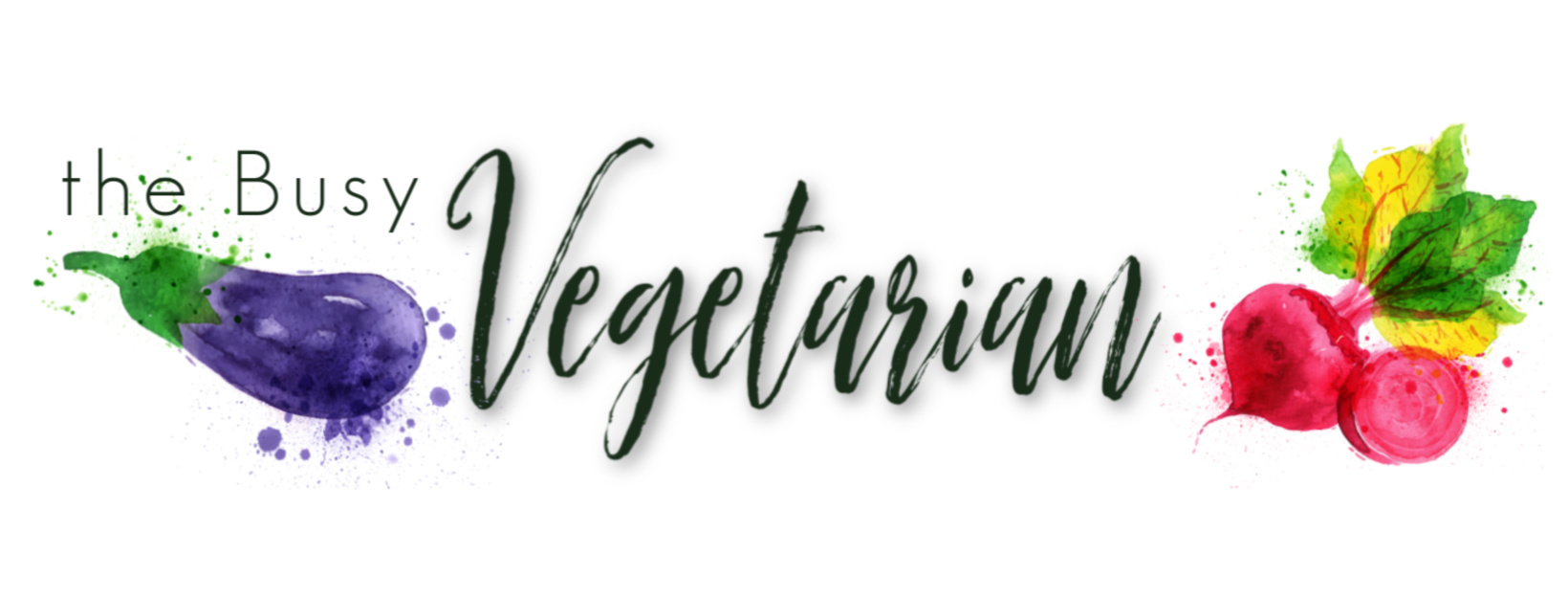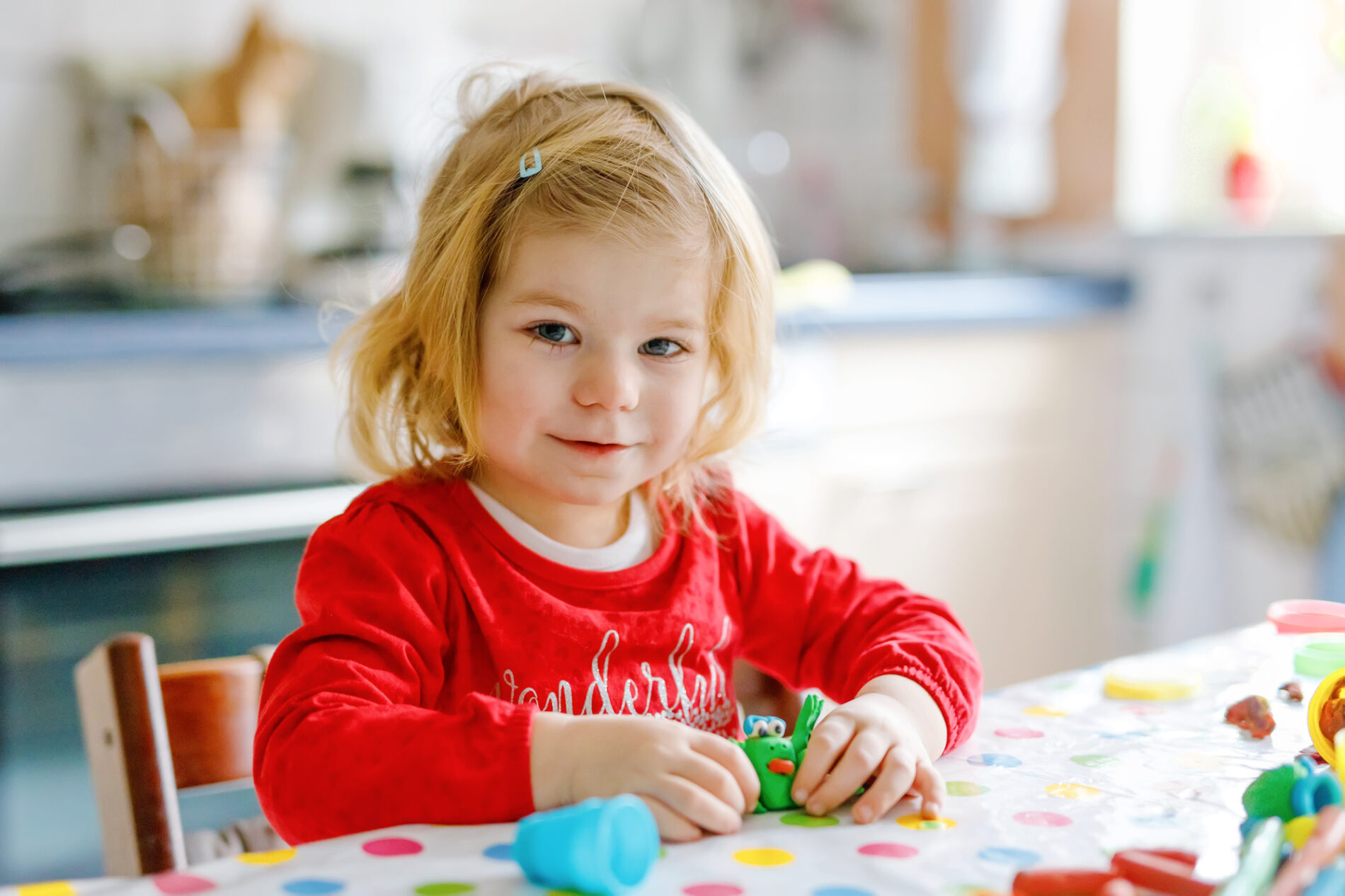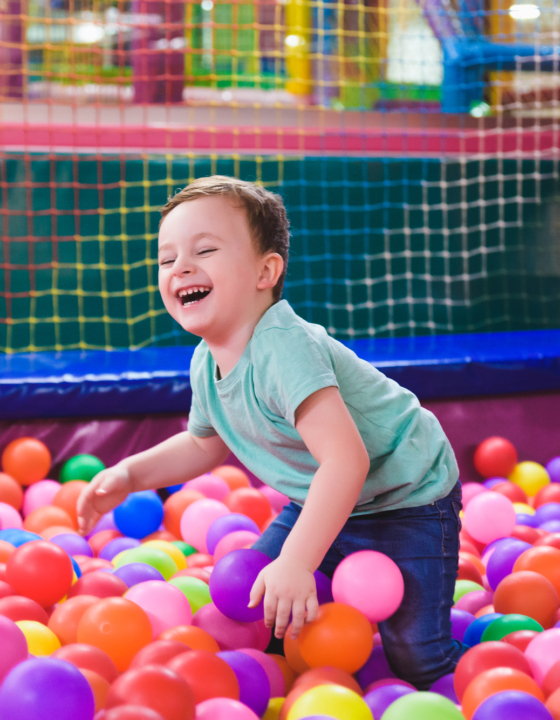The Montessori method has long been celebrated for turning learning into a hands-on, joyful experience. One of the most fascinating and often misunderstood Montessori materials is the Binomial Cube.

At first glance, it looks like a simple puzzle box made of colorful wooden blocks.
But behind its elegant design lies a powerful teaching tool that introduces children to problem-solving, concentration, and even the foundations of algebra—all without a worksheet in sight.
At Dannico Woodworks, we believe in creating furniture and learning environments that nurture independence, creativity, and growth.
Just like our thoughtfully designed children’s furniture, the Montessori Binomial Cube is built to support your child’s natural curiosity and sense of discovery.
If you’ve ever wondered what the Binomial Cube is, how it works, and why it matters in your child’s development, you’re in the right place. Let’s break it down step by step.
What Is the Montessori Binomial Cube?
The Montessori Binomial Cube is a wooden puzzle made up of a cube cut into eight smaller pieces of varying colors and sizes. When put together correctly, these pieces form a larger cube inside a hinged wooden box.
The name “binomial” comes from mathematics—the cube represents the algebraic expression (a + b)³. But don’t worry, you don’t need to give your child a math lecture.
At the preschool level, the cube is presented simply as a puzzle that builds logical thinking and fine motor skills.
Later on, as children grow, the very same cube becomes a hands-on introduction to algebra.
In short: it’s not just a toy. It’s a layered learning tool that grows with your child.
Why the Binomial Cube Matters in Child Development
- Encourages Concentration – Children focus deeply while reconstructing the cube piece by piece.
- Builds Fine Motor Skills – Handling the blocks strengthens hand-eye coordination and control.
- Develops Problem-Solving – Children learn to recognize patterns, test solutions, and self-correct.
- Introduces Math Concepts Naturally – Without pressure, kids explore spatial awareness, geometry, and algebra.
- Fosters Independence – The cube allows children to work alone and feel a sense of accomplishment when they succeed.
This is what makes Montessori materials timeless—they aren’t about rote memorization but about discovery and mastery through hands-on experience.
How To Present the Montessori Binomial Cube
The way you introduce the Binomial Cube is just as important as the cube itself. Montessori emphasizes presentation and respect for the child’s process. Here’s a simple guide:
Step 1: Prepare the Environment
Place the cube on a child-sized table or work mat. Make sure the area is quiet and free from distractions so your child can focus.
Step 2: Introduce the Cube
Show the box with curiosity. Gently open the hinged lid to reveal the colorful blocks. Children are naturally drawn to the striking red, blue, black, and white pieces.
Step 3: Remove the Pieces
Take out each block carefully, one at a time, and place them neatly on the mat in order. This step models patience and order for your child.
Step 4: Reconstruct the Cube
Start reconstructing the cube piece by piece, showing your child how the colors and sizes align. The key is to demonstrate slowly without too many words—let the visual and tactile experience speak for itself.
Step 5: Invite the Child
Once you’ve built the cube once, invite your child to try. Resist the urge to correct immediately—allow them to make mistakes and discover solutions on their own.
Step 6: Return It to the Box
When finished, show how to carefully return the cube to the box and close the lid. This completes the cycle of work and teaches respect for the material.
How Children Use the Binomial Cube at Different Ages
The beauty of the Binomial Cube is that it adapts as your child grows:
- Ages 3–4: Children use it as a simple puzzle, exploring shapes, colors, and fitting pieces together.
- Ages 5–6: They begin to notice patterns, symmetry, and spatial relationships.
- Elementary Years: Teachers and parents can connect the cube to math concepts like (a + b)³, introducing algebra in a hands-on way.
This makes the cube a rare learning tool that truly grows with your child, offering new discoveries at every stage.
Tips for Parents Using the Binomial Cube at Home
- Keep It Special – Don’t treat the cube as just another toy. Store it in a dedicated space so your child learns to approach it with care.
- Avoid Over-Explaining – Let the hands-on experience lead the learning. Too much explanation can take away the joy of discovery.
- Follow Their Lead – Some children may want to repeat the exercise multiple times; others may move on quickly. Both are fine.
- Model Patience – Children mirror adults. Show calm, steady movements, and they’ll naturally imitate that focus.
- Respect the Process – If your child gets frustrated, step back. The Montessori approach values independence and self-correction.
Montessori Binomial Cube vs. Traditional Puzzles
While traditional puzzles are great for entertainment, the Binomial Cube is designed with layered educational goals in mind. Instead of just fitting pieces together, children engage with mathematical structure, logical thinking, and pattern recognition.
This is where Montessori materials stand apart—they aren’t random games, but purposeful tools crafted to match the way children learn naturally.
FAQs
What age is best to introduce the Binomial Cube?
The cube can be introduced around age 3, but children will continue using and learning from it well into their elementary years.
Do I need to explain the math behind it to my preschooler?
No. At the preschool stage, it’s simply a puzzle. The math connections come naturally later when the child is developmentally ready.
Is the cube too difficult for young children?
Not at all. The design makes it self-correcting—if the pieces don’t fit, the child knows to try again.
Can I use the cube without following Montessori training?
Yes. While Montessori teachers are trained in formal presentations, parents can use the cube effectively at home by following simple steps.
Conclusion
The Montessori Binomial Cube is much more than a wooden puzzle. It’s a tool that grows with your child, building concentration, independence, problem-solving, and a natural curiosity for math.
By giving your child the opportunity to explore it freely, you’re not just teaching them to solve a cube—you’re laying the foundation for a lifelong love of learning.
At Dannico Woodworks, we believe in creating environments that inspire children to explore, grow, and thrive.
Just like our furniture, the Binomial Cube reminds us that the best learning happens when children are given tools that are both beautiful and purposeful.
So here’s the question: how might the Binomial Cube change the way your child sees puzzles, patterns, and even math itself?






What do you think?